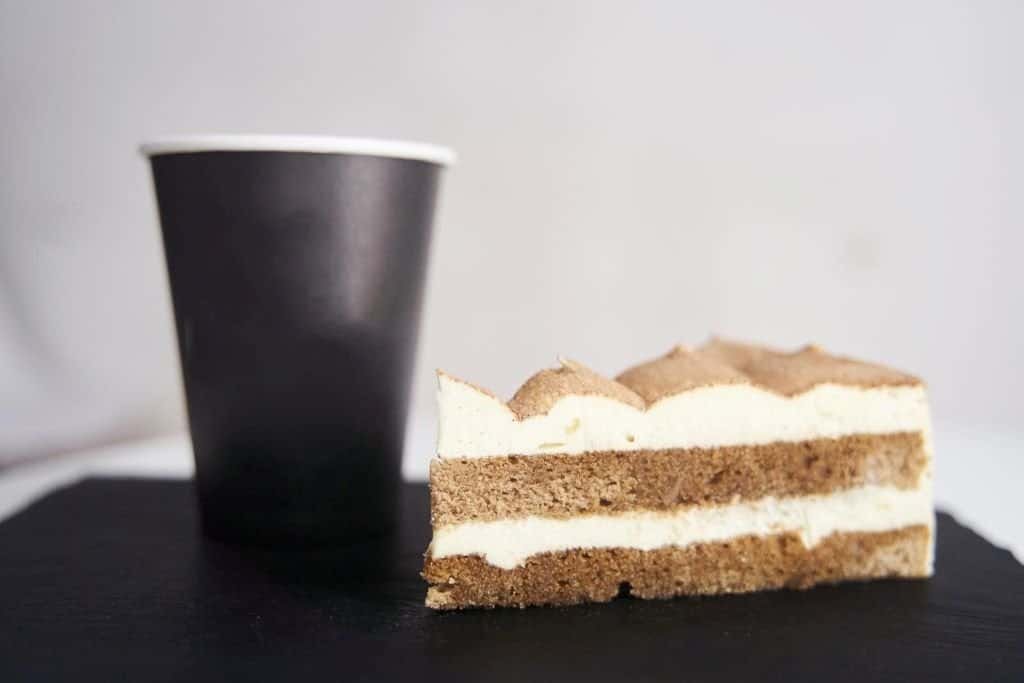The moka pot has been making espresso simple since the 1930s, and its longevity comes from its simple design. With the bottom holding water, your grounds go in the middle, and at the top, there is a filter head that separates your grounds from the brewed product. Think of it like a reverse French press.
The filter head allows steam from the bottom to push through the coffee grounds before pouring into your cup. Simple, elegant espresso.
However, with this simplistic design come some drawbacks, chiefly the steam process makes the pot susceptible to oxidation. Even with an aluminum or stainless steel frame, since the insides of these are constantly getting heated and cooled with plenty of water, things are bound to get messy.
Oxidation shows as black specks that may look detrimental to your hot drinks, but it’s harmless beyond looks. That said, we don’t exactly want to keep it on there, either.
So how do we deal with this?
What is Moka Pot Oxidation?

Moka Pot Oxidation is a common issue that affects the flavor of coffee brewed in a Moka Pot. The chemical process that causes oxidation is the interaction between oxygen and the coffee oils present in the Moka Pot.
When the coffee oils come into contact with oxygen, they start to break down and lose their flavor. This process is known as oxidation. Over time, the coffee flavor becomes stale and bitter, resulting in an unpleasant taste.
Moka Pot Oxidation can affect the flavor of the coffee in different ways. It can cause the coffee to taste bitter, sour, or even rancid. The coffee can also lose its aroma and become flat, lacking the rich and complex flavors that are typically associated with Moka Pot coffee.
Is oxidized Moka pot safe?
While oxidized coffee may not taste very good, it is generally safe to drink. The oxidation process does not make the coffee harmful or toxic in any way, but it can have a negative impact on the flavor and aroma of the coffee.
However, it’s important to note that if your Moka Pot is heavily oxidized, it may be more difficult to clean and could potentially harbor bacteria or mold.
How to Clean an Oxidized Moka Pot
Well, the easiest solution is to be proactive when you use your moka pot and to wash and hand dry it thoroughly after every use, so oxidization never happens. But even then, there’s a chance of getting spots on your pot, so here’s what you should do:
The first step is to remove the filter head and place it in a sink filled with hot water. Allow the water to run over the filter head for about 10 minutes. For those who are looking for a more thorough cleaning, it is recommended that you clean your moka pot with a hot water and vinegar mixture (50-50).
This will remove any stains or residue left behind by previous brews and will also help to eliminate any potential mold that may have accumulated – we’ll touch on that a little later. Let it soak for 20-30 minutes in the hot, smelly concoction before introducing some elbow grease.
The best way to clean your moka pot is to use a soft bristle brush and hot water. We suggest using vinegar over soap or detergents as it keeps the clean more consistent and leaves less room for soapy drinks in the future. After the initial soak, take a non-metal brush and start scrubbing your pot clean. We use a non-metal brush because if you scrub with metal-on-metal, it can scratch the pot and leave it more susceptible to corrosion. The soak should have broken up the markings inside and brought the pot to a nice hot temperature, making removing what doesn’t belong easier.

Other Moka Pot Marks to Clean
Another cause of staining is the presence of hard water minerals in your tap water. If you don’t have a water softener, then again, make sure you rinse the pot well before using it again so that no residue remains on the metal.
The first step is to once again disassemble it and wash it with hot water to remove any coffee residue or grounds that may be left behind. Hard water is a pretty stubborn stain, and it can be tempting to use a mild detergent or a scrubber, which we again advise vinegar over. After washing both parts of the moka pot, be sure to dry it properly and then reassemble it.
It’s important to note that oxidation and hard water are only aesthetic marks and do not affect the taste of your espresso. Mold, on the other hand, is a little more complex.
Dealing with Mould
The third main marking type on moka pots is mold buildup. Mold is a bit different than the other two for a few reasons.
First, it shows as white, flakey specks instead of black ones on the inside of your pot. When identifying mold, take a look around the rubber gasket where your two pieces connect, as this is where the most air and water meet, and rubber is a great home for mold to accumulate. If the mold is significant, we suggest replacing the gasket and possibly using a silicone one instead.
You’ll want to be even more thorough with washing out the mold, as drinking mold is by far the worst of the three options available to you. Washing it out can be done the same way as oxidation and hard water. Simply rinse and repeat until you get your desired results.
Moka pots are fantastic to use, and their ease of access makes them a go-to for espresso at home. But while making sure your pot stays clean is an important task, being able to identify what and why your moka pot is dirty is just as Combating oxidation, as well as potential hard water and mold issues, can all be done in similar ways and it will ensure a longer lifespan for your pot and your espresso.
Wrapping Things Up
Moka Pot Oxidation is a common issue that can significantly impact the flavor of your coffee. By understanding the causes and effects of oxidation, you can take steps to prevent it and ensure that your coffee always tastes fresh and delicious.
Proper cleaning and maintenance of your Moka Pot, careful storage of your coffee beans, and adjusting your brewing techniques can all help to minimize the impact of oxidation and ensure that you get the best possible cup of Moka Pot coffee.
So the next time you notice a bitter or stale taste in your coffee, don’t just blame the beans – consider the role that Moka Pot Oxidation might be playing and take action to keep your coffee tasting its best.




